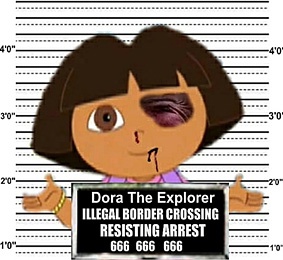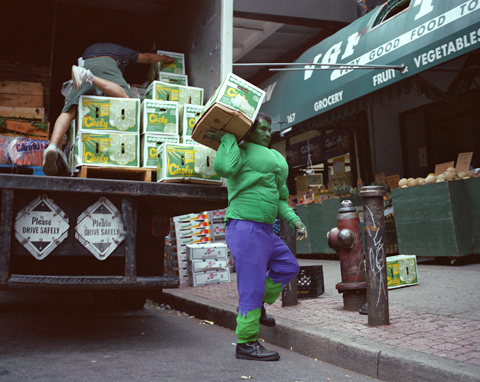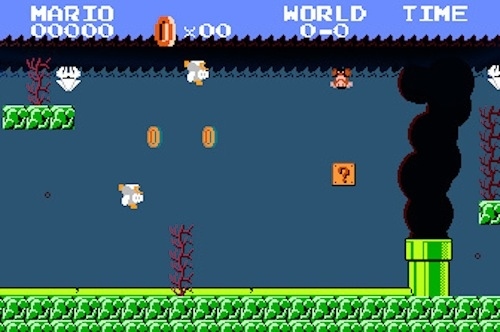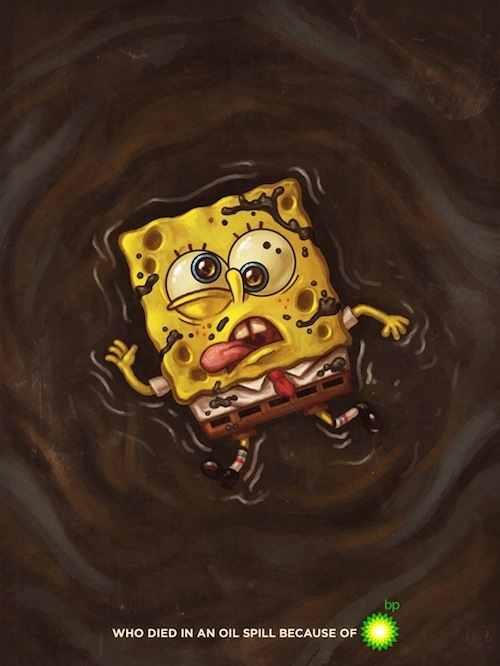When Dora the Explorer Met INS: Playing with Popular Icons
/As part of my lecture at the Fiske Matters conference, I shared many images of contemporary activist groups which drew upon images and icons from popular culture as "resources" which help them to capture the imagination and motivate the engagement of broader publics. As Fiske wrote,
"These popular forces transform the cultural commodity into a cultural resource, pluralize the meanings and pleasures it offers, evade or resist its disciplinary efforts, fracture its homogenity or coherence, raid or poach upon its terrain."
Fiske saw such struggles over the meaning of cultural texts and commodities as part of the larger process of political transformation. If the power of the status qou was often exercised through the construction of political fictions and the regulation of our access to particular narratives, meanings, and identities, then the ability of grassroots communities to highjack such images and processes towards their own ends was part of the struggle for social change. The mechanisms of the culture industry work to spread them across different subcultures and across national borders. That recognition makes them effective for expressing alternative conceptions in ways which carry an affective force and are immediately accessible to diverse publics.
For example, we've seen Dora the Explorer get mobilized in multiple ways on both sides of the debate about the Arizona immigration bill. Dora is one of the best known Latina characters in contemporary American popular culture so it is no surprise that people would use this sympathetic figure to represent what might happen under the new law. In these images, she is abused for no other reason than her color - and here, the innocence of her original context speaks to the sense of outrage many feel about the potential consequences of a law which allows police to stop any person thought to be an illegal alien and demanding her papers, a practice which is apt to rely heavily on racial profiling.

These are another powerful set of images which have emerged around the debate about immigration. Dulce Pinzon has taken photographs which depict superheroes doing jobs which are often assigned to illegal immigrants in our society to suggest the hard work, the strength, the endurance, the speed and agility, that immigrants have to possess in order to do work that often nobody else wants to do. These images work in part because so many of the superheroes are themselves visitors from other worlds, outsiders who have had to adopt secret identities in order to function within contemporary American society. The superhero story is often an immigrant story in the United States. There's also a connection to be drawn between these images and the ways that masked wrestlers in the Lucha Libre tradition function as champions of the oppressed in Mexico. Here, also, the supernatural or spectacular aspects of popular culture get deployed as vehicles for making sense of structures of inequality and for inspiring struggles for social justice.

One of the examples which I explored in depth in the lecture was the phenomenon of Avatar activism. Here's a remarkable video of Palestinian protestors who both enact the plight of the Na'vi and remix footage from James Cameron's film as a way of getting into the global media flow. I wrote a much longer piece on this example for Le Monde diplomatique which will appear later this summer and I will share an English translation at that time. For the moment, I want to suggest two key points: first, the ways that this protest fits within a longer tradition of conducting protests through adopting the identity of racial others (the Moors and Amazons in Early Modern Europe, the Native Americans at the Boston Tea Party, etc.) and second, the ways that re-enacting Avatar created content which could spread more immediately across national and cultural borders, offering a set of metaphors which might make sense to people who knew and cared little about the specifics of the occupied territories.
Finally, we might see some examples of how popular culture can become a semiotic resource for political struggle when we look at some of the images which have been created around the BP Oil Spill off our Gulf Coast. These images combine dark humor with witty appropriations from Mario Brothers, from superhero comics, and a range of other sources, to help us think about the environmental devastation caused by the environmental disaster. There have been concerted efforts to make it harder to circulate images of the actual damage of the leaks on wildlife, so these highjacked and transformed images stand in for the images we are not seeing. This rhetorical process is effective because these popular culture figures have personal, cultural, even mythological significance for so many of us.



Fiske's work had described a world where struggles over cultural meanings could pave the way for political struggles. These illustrations are among countless examples of how politics, on the right and the left, is now being conducted in and through the language of popular culture. We can connect this to earlier examples I've already discussed on this blog, such as the Obama/Joker trope which has been taken up by the Tea Party movement, the Harry Potter Alliance's effort to use J.K. Rowling's characters to model human rights activism, and the ways that concern over the construction of race in the film version of The Last Avatar has lead to new political consciousness. I still believe that Fiske's work offers us the best language to describe what's going on at such moments.

